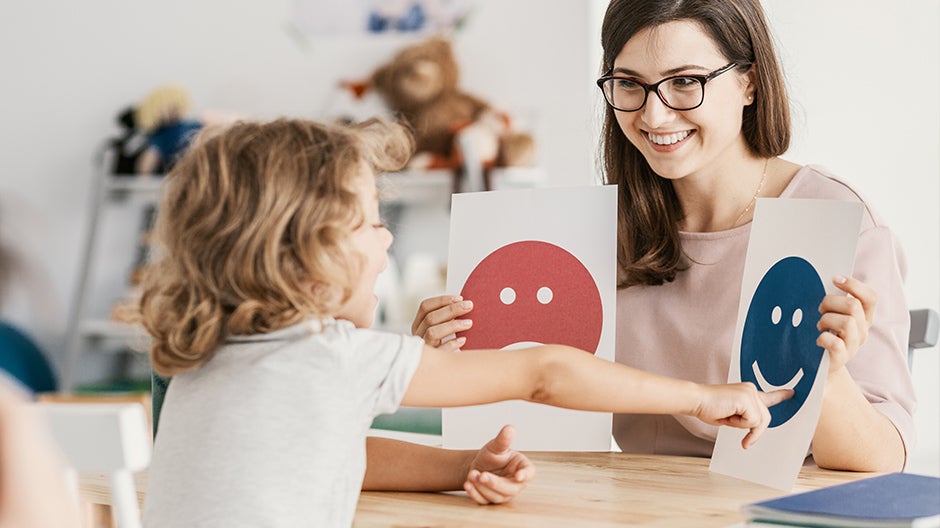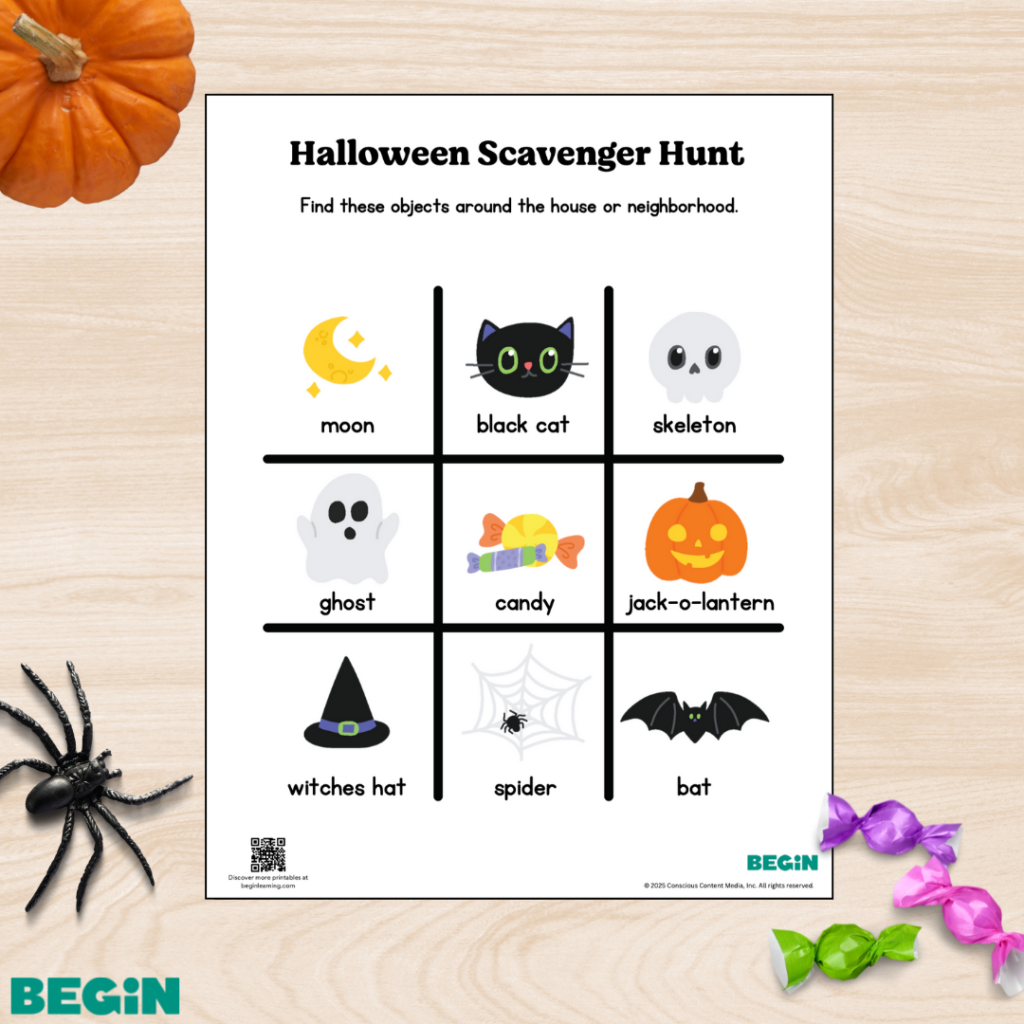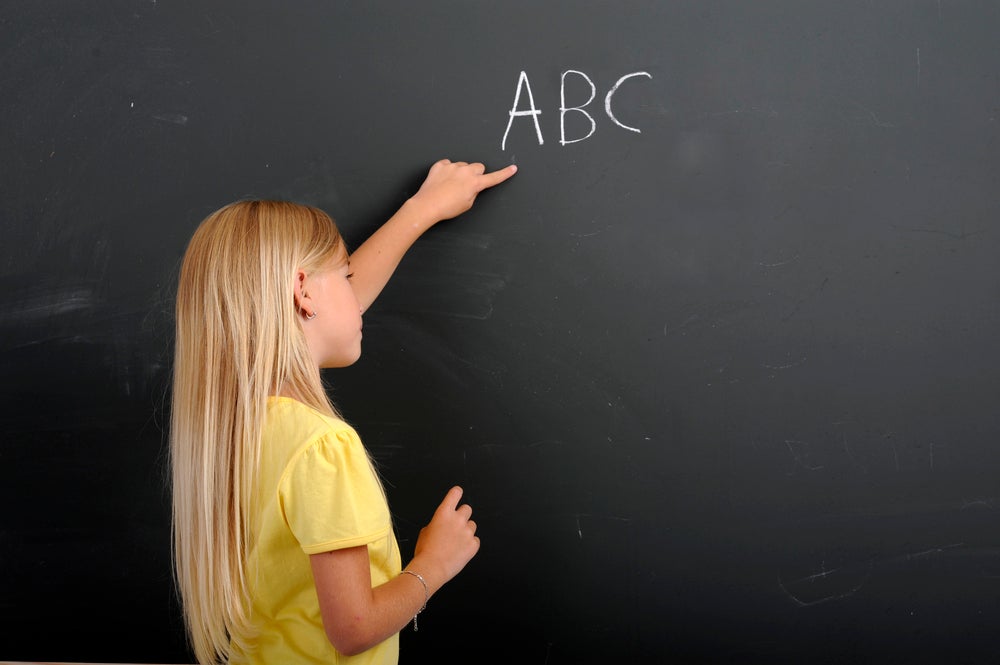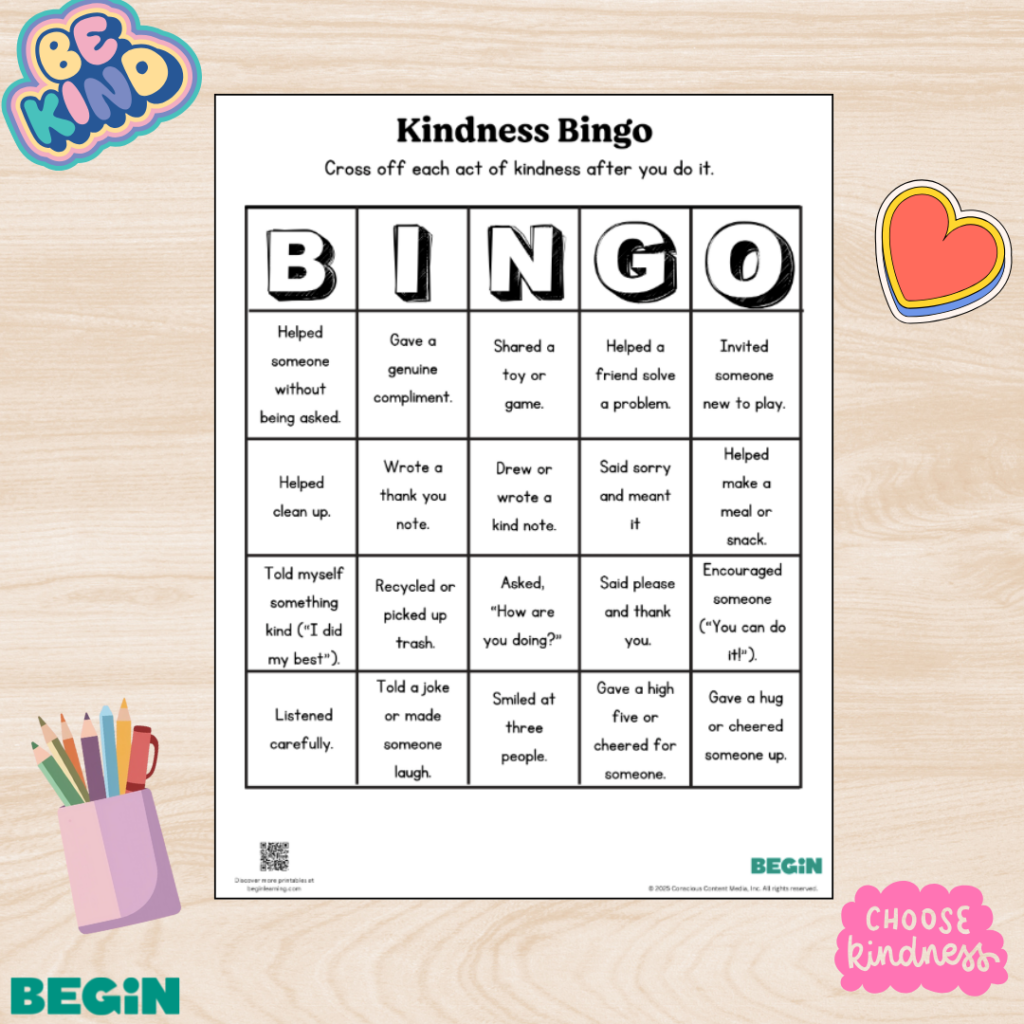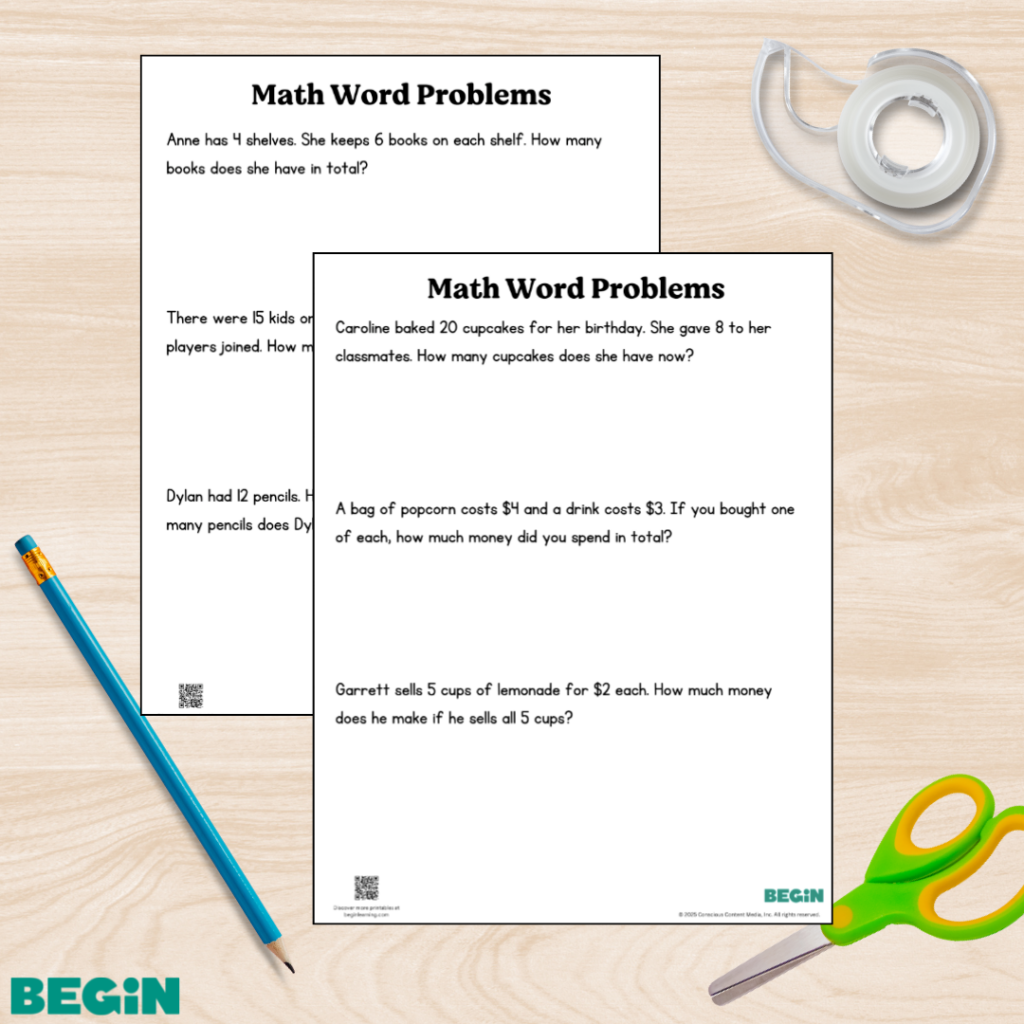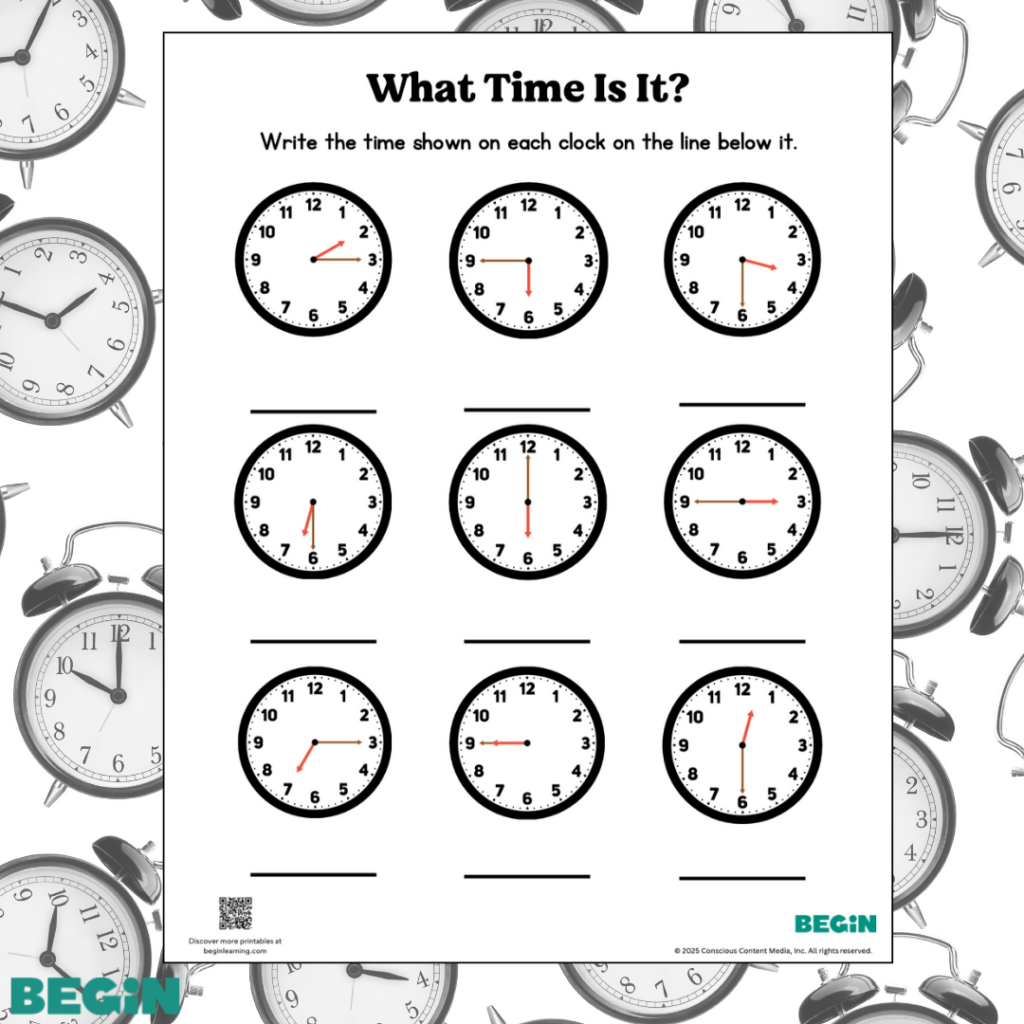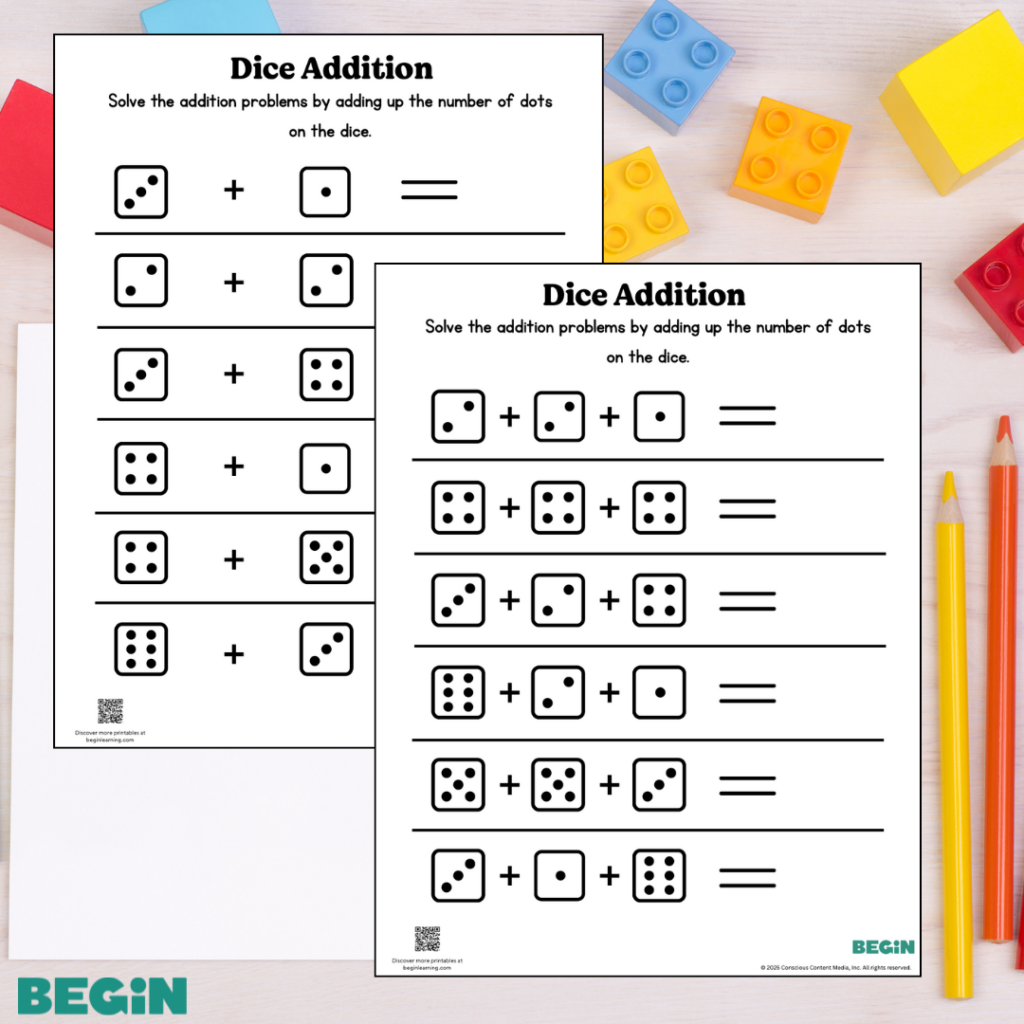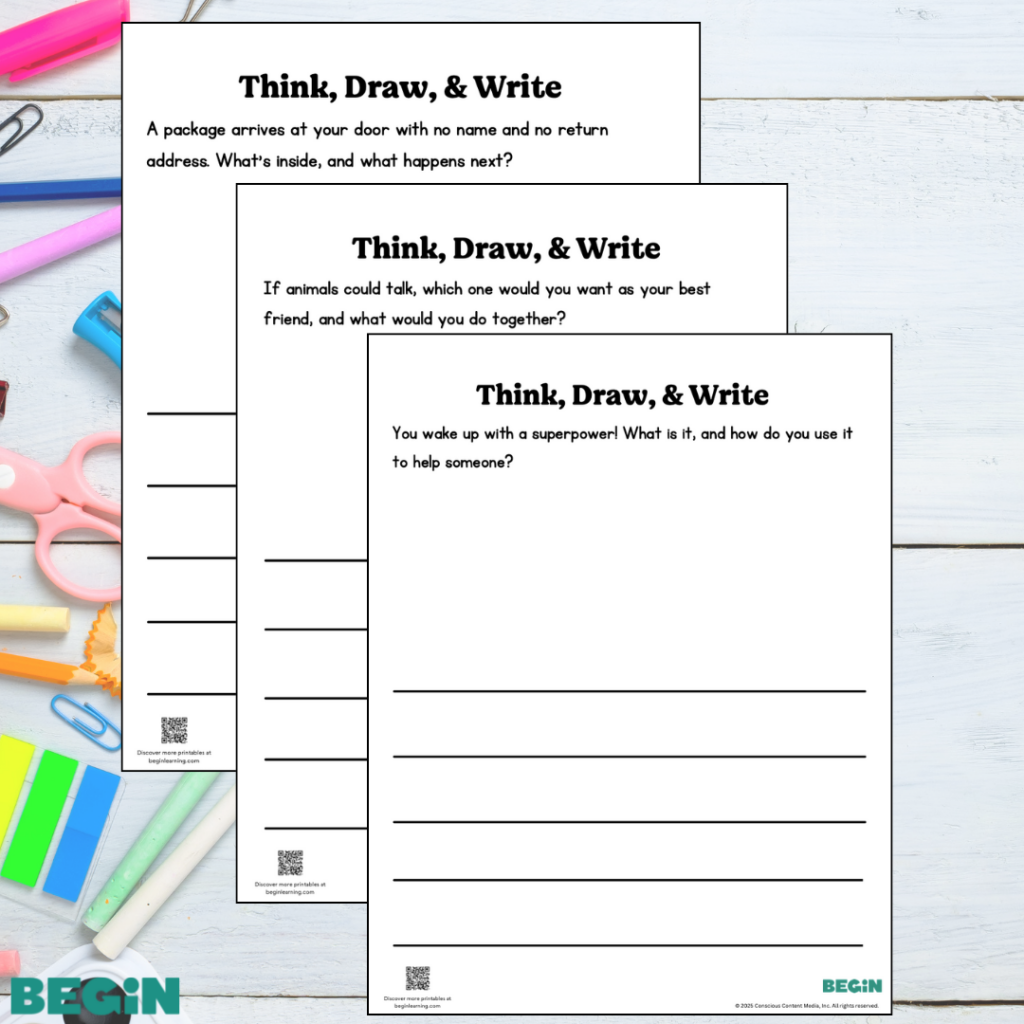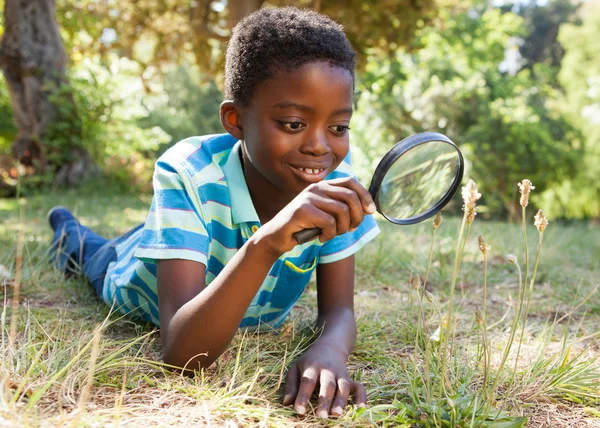You’ve probably seen it lots of times. Your child gets upset. Their emotions boil. They make big movements. Their thoughts and feelings seem to take over. They become, in a word, dysregulated.
Self-regulation is the opposite: instead of winding up and losing control, your child finds a way to take back ownership of their thoughts and feelings and calm down.
This isn’t easy, but it will help them with almost every obstacle and challenge they face throughout their day. If they learn how to be calm, stay calm, or find their way back to calm, they will be able to manage whatever situation they are in. Doing so makes it easier to learn, build relationships, develop emotional well-being, and more.
Luckily, there are many effective strategies for helping kids self-regulate. Here are fifteen that work!
The Short Cut
- Learning to regulate emotions and behaviors is an important aspect of building Character, one of the 5 C’s at the heart of the Begin Approach to helping kids thrive in school and life
- Self-regulation is a skill that can be taught
- If your child can manage their emotions and behaviors, they’re more likely to focus better in school, be open to learning new things, and engage more productively in the classroom and beyond
- Dysregulation may look like “bad behavior,” but it’s really an indication that your child needs to work on a skill
How to Teach Self-Regulation to Your Child

Because dysregulation can look like bad behavior (yelling, throwing objects, falling to the floor, and other disruptive actions), it can be easy to forget that it’s actually not that.
Think of dysregulation as a tool your child is using to cope with a feeling or situation they feel stuck with. It’s just not a tool that works very well.
You can help them swap that ineffective tool for a better one. Try teaching them some of the 15 strategies below, using the following tips:
- Introduce the strategies when they’re calm, long before they need them
- Practice the strategies regularly
- Use the strategies yourself when you’re upset, and draw attention to it either at the time or later (“Hey, remember the calm-down kit we made? I got really upset when the dog jumped on me and spilled my coffee while you were at school today. I used the kit and it worked!”)
- Remind your child of the strategies you’ve practiced together when they’re becoming dysregulated
It might take some time, but they’ll eventually begin to use them!
15 Self-Regulation Strategies for Kids
Some of these strategies work best in the moment, to help kids self-regulate when they’re upset. Others are things to do on a regular basis to help avoid dysregulation in the first place.
In the Moment
1. Vowel Sound Singing
Similar to breathing exercises, singing a long vowel sound (like “ohhhhh” or “ahhhhh”) changes breath patterns. When you inhale deeply and sing the prolonged open vowel sound as you exhale, your breathing becomes deeper and slower.
Doing this with your child can calm their nervous system.
2. Dry Painting
Take a dry paintbrush and lightly brush your child’s face. You can ask them to close their eyes, if they want to, and imagine colors being painted across their face. This tactile stimulation can calm their nervous system.
3. Touch Something Cool
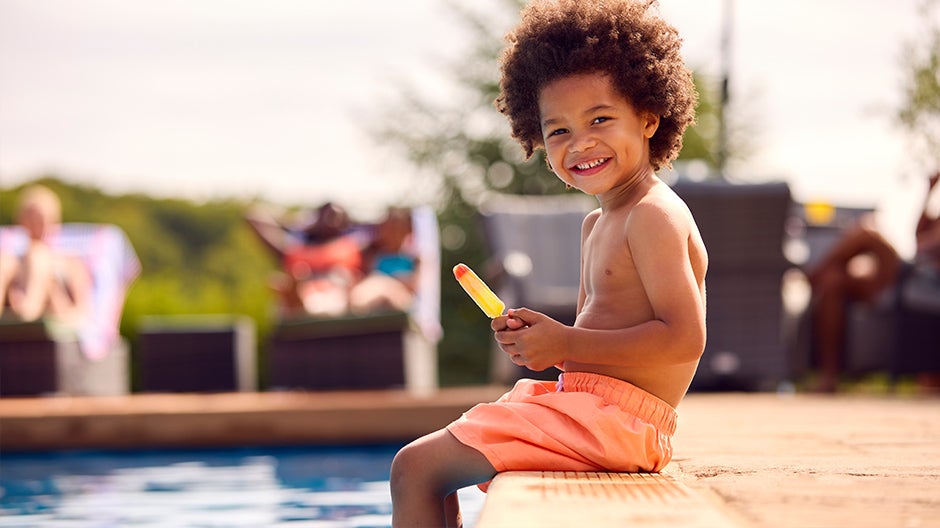
A dose of cold might reset your child’s nervous system. Offer them a cup of cold water, a popsicle, or an ice cube to suck on.
You can also bring them to the sink or hose (if you’re outside) and run a little cold water on their wrists.
4. Find a Fragrance
The scent of lavender is often used to reduce anxiety and produce a state of relaxation. Try finding some fresh lavender flowers or dried lavender to smell.
Scents stimulate the brain’s limbic center, which controls memory and emotion. If your child doesn’t like the smell of lavender (or even if they do but it doesn’t help them calm down), try using another scent—one that has a happy memory or a familiarity attached to it.
5. Do an Animal Walk
If your child is dysregulated, but able to calm down at least a little to focus on you, see if you can entice them to play an imaginary game.
Ask them what animal they feel like at that moment and then give them the task of becoming that animal. How do they walk? Is it a fast pace or slow? What sounds do they make?
Once they’re into the make-believe realm, see if you can have them transition from this mad or sad animal to a happy one. How does that animal walk? What sounds do they make?
Helping your child bring their mind and body together like this is an effective way to calm both!
6. Take Them Outside
Sometimes your child is too inwardly focused and unable to break away from strong emotions and racing thoughts. They need to get outside of themselves to become regulated. It can help to take them outside, literally!
A simple walk in nature beckons your child’s senses. They hear new sounds. See new things. Smell new scents. You can talk about what they notice as you walk. Or if they seem content with quiet, you can just walk together without saying a word.
7. Use a Calm-Down Kit
A calm-down kit is basically a regulator in a box! Its sole purpose is to bring your child’s emotions and behaviors back into balance.
When your child just isn’t able to calm down, a kit filled with simple sensory objects can break the outburst cycle. Some good items to put in a calm-down kit include:
- Putty (for squeezing or playing with)
- Coloring books or paper and crayons (coloring can help kids calm down)
- A stuffed animal (to hug or talk to)
- A fidget toy (to distract from the intense emotions until they settle)
- Puzzles (doing puzzles can settle kids’ emotions)
- A sachet filled with dried lavender (for a calming fragrance)
8. Sensory Bottle
When your child is having a tough time calming themselves down, try giving them a sensory bottle (filled with glitter) to shake. They can watch the process they need to enact inside of themselves inside the bottle!
When they shake it, it imitates the way they feel—swirling, fast, and chaotic. But as the glitter settles, the roles are switched, and your child begins to imitate the bottle—slowing down, calming, and settling.
You can talk your child through that process (“See how the glitter is spinning around and around? Is that how you feel right now?”) or let them explore it in their own way and at their own pace.
To prepare, you can even make a sensory bottle of your own!
9. Put It in Your Pocket
Another great metaphor for self-regulating is putting an object in your pocket. If you find your child getting dysregulated, you can try to help them name what they’re feeling, and then suggest they find an object to put in their pocket that represents that feeling.
You can explain to your child: “Your emotion is important, but let’s find a safe space for it until you calm down, and then we can figure it out later.”
The process of finding the object can be a calming experience on its own, and the way your child has constant access to touching their “feeling” can help them feel safe and centered.
Outside the Moment
10. Improve Their Sleep Routine
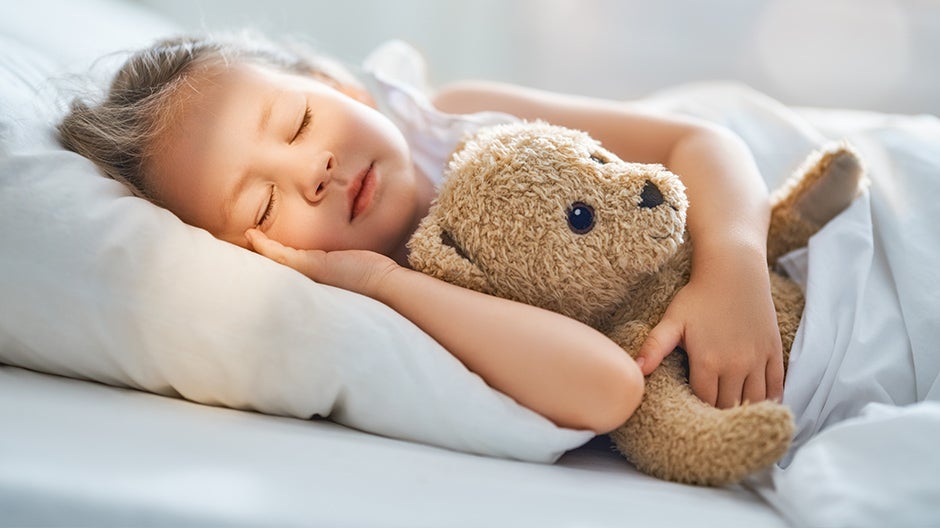
If your child is having a hard time going to sleep at night or staying asleep, this can lead to less resilience and more dysregulation. Being tired during the day, either at home or at school, makes it much harder for your child to keep it together.
Examine your child’s sleep environment. Is their room dark enough? Cool enough? Quiet enough? See if you can improve their bedtime ritual. You could try a bath or books or a snuggle before they go to sleep.
11. Practice with Imaginary Play
Give your child plenty of opportunities to practice keeping their cool in different situations by acting them out.
In a safe space, your child can pretend to be a dog going to the vet for the first time or a turtle losing a race. Even though imaginary games look like pure play, your child is actually doing a lot of work: they are planning scenarios, organizing the order of events, practicing empathy, and problem-solving—all skills that help them self-regulate.
12. Do Music & Art
Listening to music and painting a picture are both great ways to calm your child’s body and mind. Using them, you can create an experience that builds one sensory input into two and then into three.
Training themselves to pay attention to their senses can help them later when they need to calm down.
Here’s how to do it:
- Ask your child to sit or lie down and focus on their breathing.
- Have your child close their eyes, and put on some calming music.
- Ask your child what they notice about the music. If they can’t recall any details, you can play the music again and ask again. Or you can ask leading questions like “Was it fast or slow?” or “Did it make you feel sad or happy?”
- Put the art and music together! Set your child up with paper and paint (watercolor is relatively mess-free!) and play the same music. Ask your child to respond to it with paint. You can give them total freedom, or if they need direction, you can prompt them with ideas, like painting the color of the music.
If you make this a regular part of your routine and help your child learn how it helps them feel calm (“How does this music make you feel?”), they may start to ask for music or art supplies when they feel upset.
13. Freeze Dance
Physical self-control is a great parallel to emotional regulation. So if your child is having trouble managing their feelings, try shifting the focus to their body.
Explain to your child that you’re going to play a fun dance game. You’ll play music. They’ll dance in whatever way they want to express themselves. When you stop the music, they have to freeze.
The physical transitions from dancing to freezing are a great way to practice other important opposites: silly and serious, letting loose and gaining control, gross motor skills and balance.
14. (Over)Explain
Oftentimes, the thing that causes a meltdown for your child is obvious. They don’t want to leave the playground because they want to keep playing. Or they don’t want to go to bed because they’re afraid of the dark.
But sometimes the thing that triggers the meltdown is something you would never think of.
For example, say your daughter cries every time you take her to daycare. You try all kinds of strategies to help her make the transition, but nothing works. Finally one morning as she’s yelling and crying, she blurts out: “I don’t want to stay here! You and Daddy and Luke (her brother) are all at home together and I’m here alone!”
She’s solved the mystery: She had the misunderstanding that you brought her to daycare and then spent the rest of the day all together—without her!
Things that are clear to you may not be clear for your child. If they repeatedly struggle with a time of day or a place or an activity, try taking some time to explain exactly what’s happening.
You may provide the missing link! Information can help your child self-regulate.
15. Reading Books (with Your Child’s Help!)
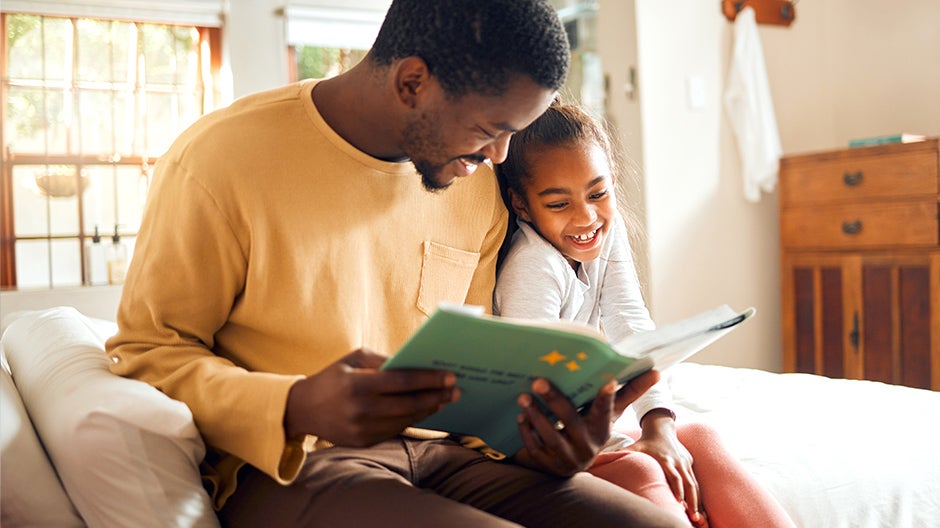
Finally, reading picture books with your child about self-regulation is a great way to inspire this important skill. Books open kids up to new ideas—they see a character handling a tough situation and then they may want to try it.
And if you find a book that your child especially likes, you may read it many times. That can get tiring for you, but it helps your child solidly internalize its message!
Some books that focus on self-regulation include:
- Are You Mad at Me? by Tyler Feder and Cody Feder
- I Am Stuck by Julia Mills
- Pete the Cat and his Four Groovy Buttons by Eric Litwin, Kimberley Dean, and James Dean
- Interrupting Chicken by David Ezra Stein
- Big Feelings by Alexandra Penfold and Suszanne Kaufman
In a recent study on the effect of picture books on emotional regulation, researchers found that involving kids in reading a story helps them absorb the information in the book (researchers call this “dialogic reading”).
This can look like asking your child a question about what’s happening on a particular page. Or starting a sentence and seeing if your child can finish it.
You can also suggest that your child think outside of the book to any situations in their own life that are similar to the ones they’re reading about.
In this particular study, when parents involved their kids in reading a book about waiting and then placed the child in a situation where they had to wait, they tended to use the strategies in the book in real life.
The 3 Phases of Regulation
As your child improves at self-regulation, they’ll likely go through three phases.
1. You as External Regulator
At first, you will have to help your child understand what expected behaviors look like. If they know, for example, that hitting someone is not an acceptable way to handle anger in your family, but that using one of the strategies you’ve taught them is, you’ve given them a road map to self-regulation.
But until your child improves at managing their own emotions, you may have to fill the role of “regulator” yourself, especially when they’re in the throes of a temper tantrum. This might look like changing the situation causing the outburst (separating two squabbling siblings, for example) or actively soothing your child.
2. Mutual Regulation
Another step on the way to your child being able to self-regulate is being able to mutually regulate.
If you can stay calm and quiet during your child’s outburst, you’re creating a valuable opportunity for them to match your emotional state and settle down themselves.
Try to be present without any judgment and without any big emotion. If you can do this, you’ll provide a space for your child that’s safe and open—and perfect for de-escalation and self-reflection.
And if it feels appropriate, once they’re calm you can have a conversation about what went wrong, why it went wrong, and how to fix it.
3. Self-Regulation
The culmination of this process is self-regulation: a child becoming able to manage or regulate their emotions and behaviors to suit a situation, environment, or interaction. It takes time, patience, and practice to get there!
Self-Regulation with Begin
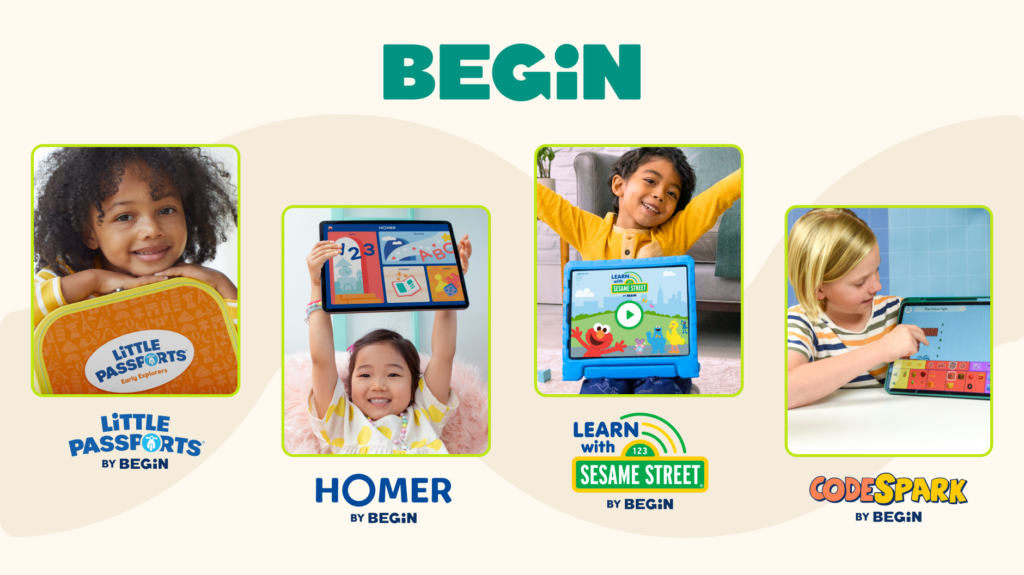
At Begin, we know how important self-regulation is for learning, making friends, and handling the obstacles and challenges your child will face as they grow. We also know how much time and patience you need to help your child get there.
And we can help.
Created together with the experts at Sesame Workshop, the Beginner Stage of our age- and stage-matched learning membership is full of self-regulation resources for both you and your child. With the help of videos, hands-on activities, books, and more, your child can have fun learning about their emotions and behaviors and how to manage them both.
Take our online quiz today and see which stage of the membership is right for your family!
